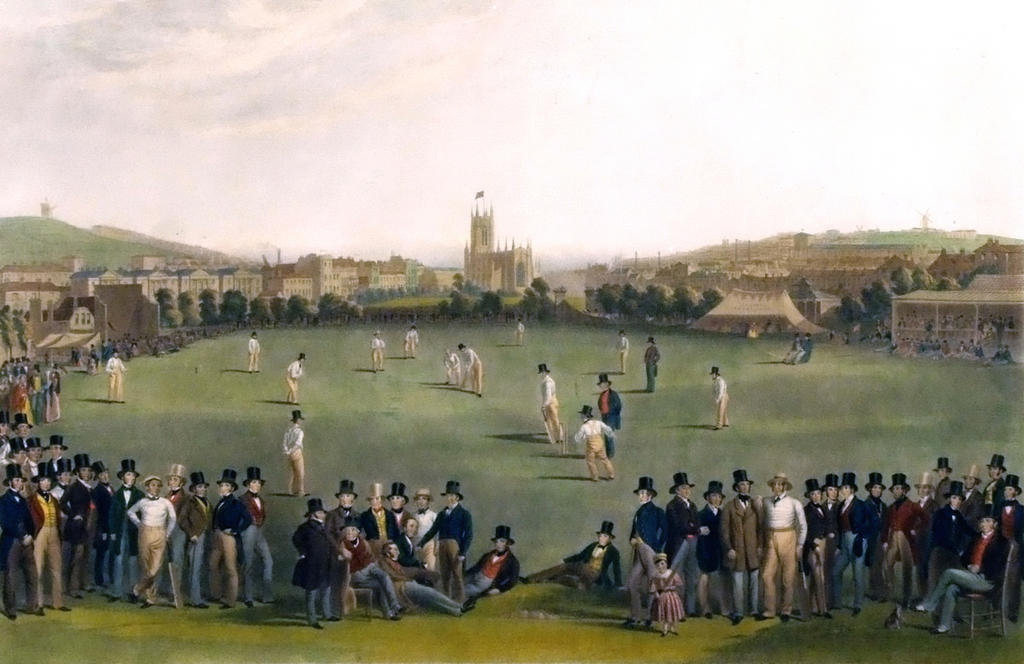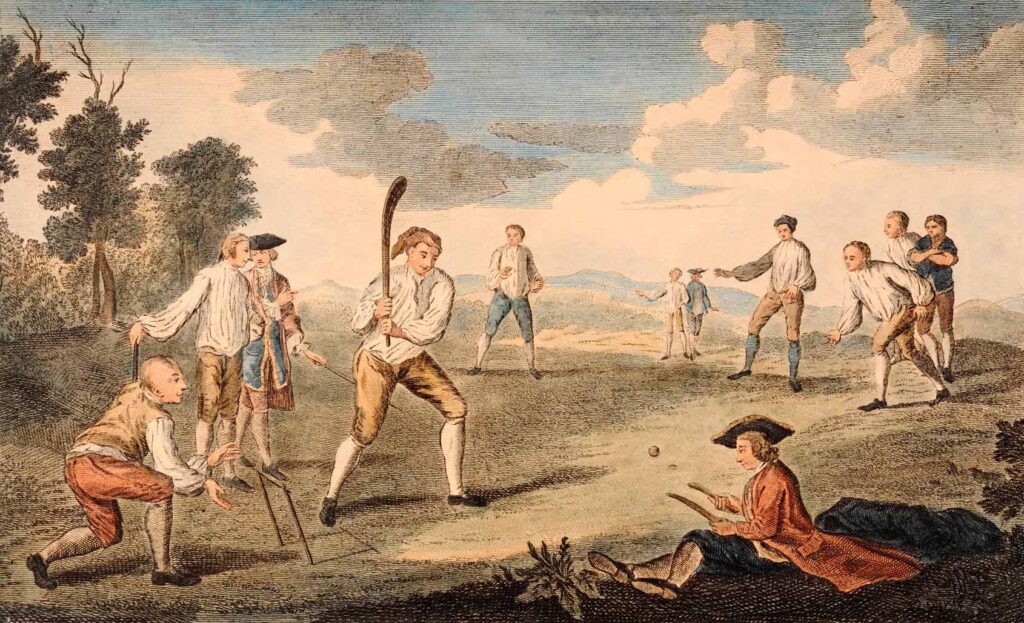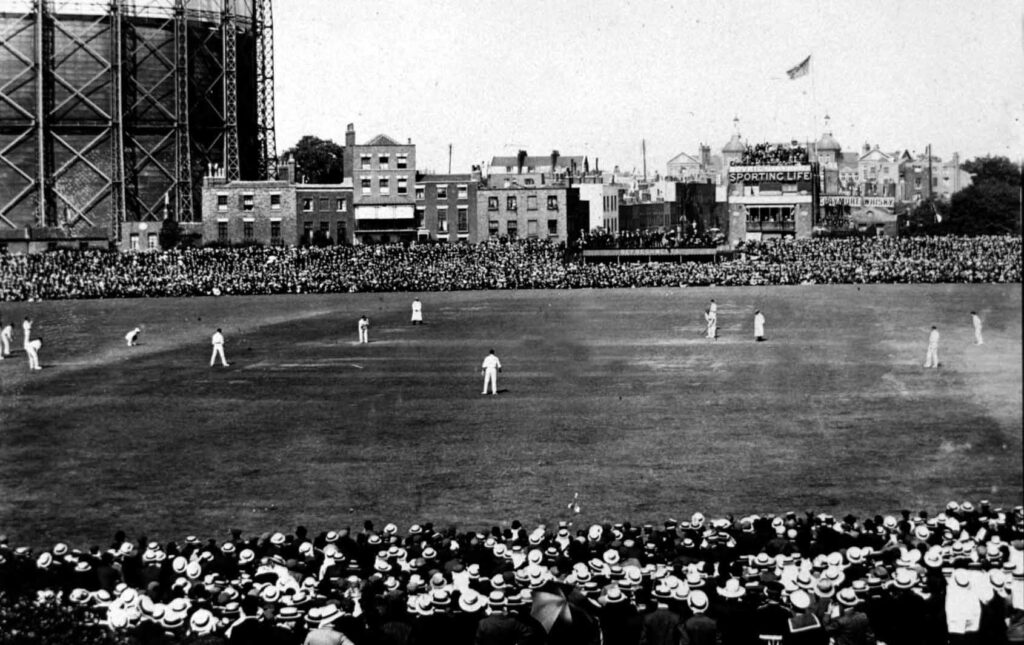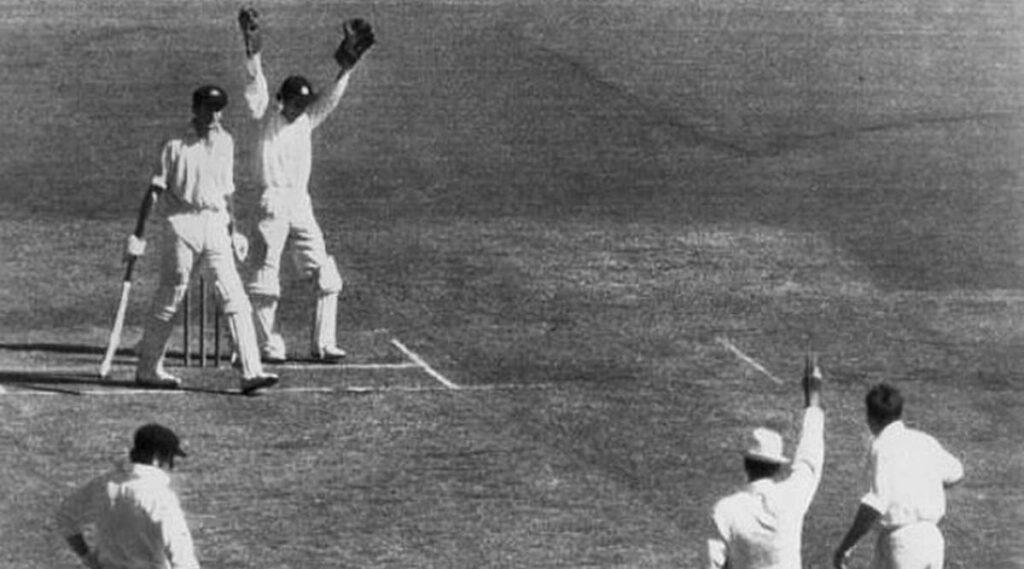History of cricket

Cricket is a bat-and-ball sport that is popular around the world, especially in countries such as India, Pakistan, England, Australia, South Africa, and the West Indies. The sport is played between two teams, each consisting of 11 players. The objective of the game is to score more runs than the opposing team.
The game is played on a circular or oval-shaped field with a rectangular 22-yard-long pitch in the center. The team batting first tries to score as many runs as possible while the team fielding tries to restrict the opposition’s score and take wickets.
The batting team scores runs by hitting the ball with a bat and running between the wickets. If the ball is hit over the boundary, it counts as four or six runs, depending on the location of the hit. The fielding team tries to prevent the ball from crossing the boundary and to take wickets by getting a batsman out.
There are several ways to get a batsman out, including catching the ball before it touches the ground, hitting the wickets with the ball, or forcing the batsman to leave their crease before the ball is bowled.
Cricket is played in several formats, including Test cricket, one-day cricket, and Twenty20 cricket. Test matches are played over five days, while one-day and Twenty20 matches are shorter, usually lasting between four to six hours.
Cricket is governed by the International Cricket Council (ICC), which sets the rules and regulations for the sport. The ICC also organizes major international tournaments, including the Cricket World Cup, the ICC Champions Trophy, and the ICC World Twenty20.Regenerate response
Lets take a look about the History of Cricket
History of Cricket : Cricket is a bat-and-ball sport that originated in England in the 16th century. The game evolved over time, and its history can be traced through several key periods.
Early history (16th-18th centuries)

The first known reference to cricket dates back to a legal case in 1598, in which two men were accused of playing cricket instead of attending church. By the early 18th century, cricket had become a popular pastime in England, and the first known cricket club was formed in 1709.
During this period, cricket was mainly played by wealthy aristocrats, and matches were often played for high stakes. The earliest matches were played over two or three days, and the rules were fairly simple compared to the complex rules of modern cricket.
Expansion across the British Empire (19th century)
Cricket began to spread to other parts of the British Empire in the 19th century. In 1817, the first recorded cricket match in India took place between the Calcutta Europeans and the Calcutta Indians. Cricket also became popular in Australia, New Zealand, and South Africa.
The first international cricket match was played in 1844 between the United States and Canada. However, it wasn’t until 1877 that the first official Test match was played between England and Australia.

The golden age of cricket (late 19th-early 20th centuries)
The late 19th and early 20th centuries saw cricket evolve into the sport we know today. Protective equipment such as gloves and pads were introduced, allowing batsmen to play more aggressively. This led to more exciting matches and a growing fan base.

During this period, the sport saw the emergence of some of the greatest players in cricket history, including W.G. Grace, who played a key role in developing modern batting techniques.
The formation of the International Cricket Council (ICC) in 1909 was also a major milestone for cricket. The ICC is the governing body for cricket worldwide and is responsible for setting the rules and regulations for the sport.
The rise of one-day cricket (1970s)
In the 1970s, a new format of cricket was introduced that would change the sport forever: one-day cricket. This format, in which matches are played over a single day, became hugely popular and led to the creation of the Cricket World Cup in 1975.
One-day cricket also introduced new strategies and tactics, such as the use of pinch-hitters and aggressive fielding, that would revolutionize the game.

The modern era (21st century)
Cricket continues to evolve in the , with new formats such as Twenty20 cricket gaining popularity. These shorter, faster-paced matches are designed to attract a younger audience and have been very successful in doing so.
The sport has also seen the emergence of some of the greatest players in cricket history, such as Sachin Tendulkar and Brian Lara, who have broken numerous records and inspired a new generation of fans.
In recent years, cricket has faced some challenges, including controversies over match-fixing and corruption. However, the sport remains hugely popular around the world and continues to evolve and adapt to new challenges.
Stay tuned and be connected with The Facts hub, and never miss the update of interesting knowledge from round the world.




